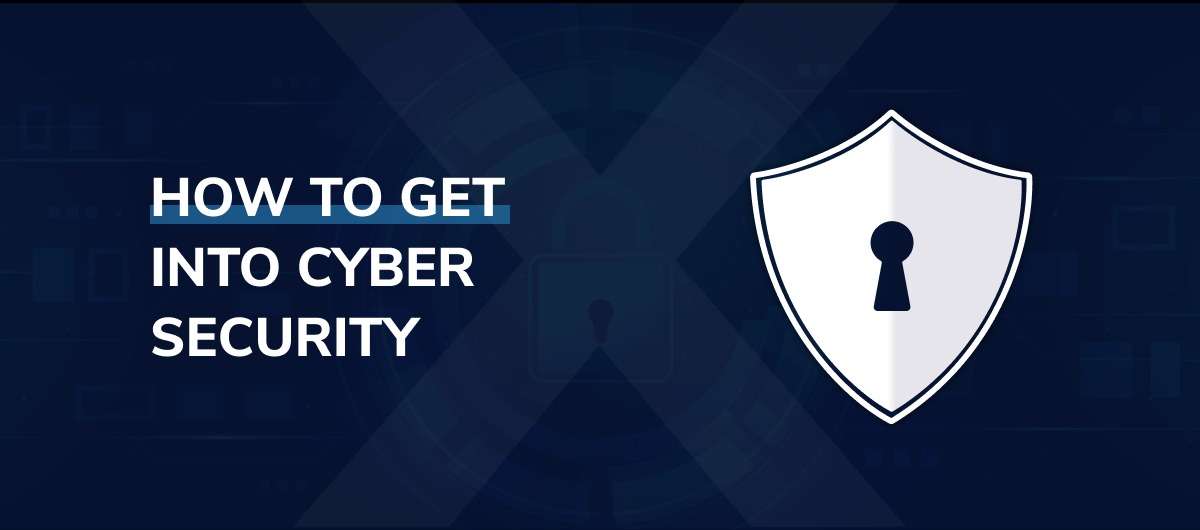In today’s digital age, cyber threats are everywhere hospitals, banks, schools, and even smart home devices are under constant attack. Cybersecurity isn’t just for experts anymore; it’s a must-know skill for anyone working in IT.
The Certified Network Security Practitioner (CNSP) certification is your first step into the world of cybersecurity. Whether you’re a student, an IT professional looking to switch careers, or just curious about how networks stay secure, this guide breaks everything down in simple, practical steps.
1. Why CNSP Matters in 2025
Cyberattacks are growing faster than ever—ransomware, data breaches, and phishing scams cost businesses billions each year. Companies need professionals who can protect their networks, and CNSP gives you the foundational skills to start.
Who is this for?
-
Absolute beginners with no prior cybersecurity knowledge
-
IT professionals wanting to specialize in security
-
Students looking to enter the cybersecurity field
This guide assumes zero experience and teaches you everything step by step.
2. Understanding TCP/IP and the OSI Model
Before securing a network, you need to know how it works.
What is TCP/IP?
Think of TCP/IP as the internet’s “language.”
-
TCP (Transmission Control Protocol) ensures data arrives correctly (like tracking a package).
-
IP (Internet Protocol) handles routing (like the postal service).
The OSI Model – 7 Layers Explained
This model shows how data moves between devices:
| Layer | Name | Example |
|---|---|---|
| 7 | Application | Web browsers, email |
| 6 | Presentation | Encryption (SSL) |
| 5 | Session | Manages connections |
| 4 | Transport | TCP, UDP |
| 3 | Network | IP addresses |
| 2 | Data Link | MAC addresses |
| 1 | Physical | Cables, Wi-Fi |
Pro Tip: Remember the layers with: “Please Do Not Throw Sausage Pizza Away.”
3. IPv4 vs. IPv6 – What’s the Difference?
Every device needs an IP address to connect to a network.
IPv4 (Old but Still Used)
-
Format:
192.168.1.1 -
Only 4.3 billion addresses (we’ve run out!)
IPv6 (The Future)
-
Format:
2001:0db8:85a3::8a2e:0370:7334 -
340 undecillion addresses (enough for every device on Earth)
Why IPv6 is better:
✔ More secure
✔ Faster routing
✔ No more NAT headaches
4. Networking Devices: Hubs, Switches, Routers
Not all devices are created equal.
| Device | How It Works | Security Level |
|---|---|---|
| Hub | Broadcasts data to all devices | ❌ (Insecure) |
| Switch | Sends data only to the right device (MAC address) | ✅ |
| Router | Connects networks, assigns IPs, acts as a firewall | ✅✅ |
Best Practice: Always use switches over hubs—they’re faster and more secure.
5. Network Discovery – Finding Devices
Before securing a network, you need to know what’s connected.
Common Tools & Protocols:
-
Ping (ICMP): Checks if a device is online
-
SNMP: Monitors network devices
-
LLDP: Finds connected switches/routers
Why It Matters:
-
Detects unauthorized devices
-
Helps in troubleshooting
6. Network Mapping & Vulnerability Scanning
Nmap – The Hacker’s (and Defender’s) Best Friend
-
Scans for open ports
-
Identifies running services
-
Detects security weaknesses
Example Command:
nmap -sV 192.168.1.1
(Scans a device and shows running services)
Wireshark Seeing Network Traffic
-
Captures live data packets
-
Helps detect malware or suspicious activity
7. Cryptography How Encryption Works
3 Types of Encryption:
-
Symmetric (AES) – One key for both encryption & decryption
-
Asymmetric (RSA) – Public & private keys (used in HTTPS)
-
Hashing (SHA-256) – One-way encryption (for passwords)
Real-World Uses:
-
VPNs (Secure remote access)
-
SSL/TLS (Secure websites)
-
Password storage (Hashed, not plaintext)
8. Active Directory & Authentication
What is Active Directory (AD)?
Microsoft’s system for managing users, permissions, and devices in a network.
Key Concepts:
-
Domain Controller: The “brain” of AD
-
Group Policy: Controls user permissions
-
Least Privilege: Users get only the access they need
Security Best Practices:
✔ Enable Multi-Factor Authentication (MFA)
✔ Regularly audit user permissions
✔ Limit admin access
9. Malware & Social Engineering
Common Cyber Threats:
-
Ransomware (Locks files until you pay)
-
Phishing (Fake emails tricking users)
-
Man-in-the-Middle (MITM) (Hacker intercepts data)
Social Engineering Hacking the Human
Instead of breaking systems, attackers trick people into:
-
Clicking malicious links
-
Sharing passwords
-
Downloading infected files
How to Stay Safe:
❌ Never share passwords over email/phone
✅ Verify requests through another channel (call, in-person)
10. Must-Know Security Tools
| Tool | Purpose |
|---|---|
| Nmap | Network scanning |
| Wireshark | Packet analysis |
| Metasploit | Penetration testing |
| Kali Linux | Preloaded security tools |
Hands-On Exercise:
Try scanning your home network with Nmap to see connected devices.
11. What’s Next After CNSP?
CNSP is just the beginning. After mastering these basics, you can specialize in:
-
Penetration Testing (Ethical hacking)
-
Cloud Security (AWS, Azure)
-
Incident Response (Handling cyberattacks)
Final Advice:
Cybersecurity is a lifelong learning journey. Stay curious, practice with labs, and keep up with new threats.
Resources & Next Steps
-
Free Labs: Try Hack The Box
-
Books: “Network Security for Dummies” (Beginner-friendly)
-
Certifications: After CNSP, consider CEH, Security+, or CISSP
Discover more from CyberAwareHub
Subscribe to get the latest posts sent to your email.

